Enzymes are giant biological molecules and are responsible for accelerating chemical reactions in the body. Almost all enzymes are also proteins, these are proteins that are made up of amino acids. Hephestine is an enzyme of ceruloplasmin, thus part of a plasma protein, which is the most common blood protein found in the blood.
What is hephestine?
Hephestine (also known as Gen HEPH) is a homologous enzyme, which means that it has the same ancestral history as other enzymes in the body.
It arises from the so-called ceruloplasmin, a membrane protein: These are proteins that are bound to biomembranes, so Hephestine can be found in new mouths, a supernatant of tissue animals.
In addition, the protein was named by its discoverer C. D. Vulpe after the Greek god Hephaistos, which roughly means "blacksmith". According to Greek mythology, Hephaestus was the god of fire, belongs to the twelve Olympic deities and was responsible for all metalworking. Hephestine is a human protein and has 1136 amino acids. It has a secondary to quaternary structure and is monomeric, i.e. the molecules of the protein are reactive and can combine to form branched polymers, several interconnected monomers. It also has two isoforms: These are molecules that have an identical composition, but are different in structure.
Function, effect & tasks for body and health
The substantia spongiosa (short: cancellous bone) contains hephestine proteins. Cancellous bone is a form of bone tissue that is found inside the bone. The inside of the bone has a spongy consistency and consists of trabeculae, and the bone marrow is also located in their cavity. The cancellous bone in flat bones is called Diploë.
It occurs particularly often in the enterocytes of the small intestine, which are cells of the epithelium and form the mucous membrane of the small intestine and thus line the lumen (diameter of a cavity) of the small intestine.
Hephestine is responsible for the transport of iron: the iron is imported to the membrane protein, where it is then oxidized. This means that the iron combines with oxygen, so it prepares the iron for export. After oxidation, it is exported to ferroportin, also a membrane protein consisting of 551 amino acids. When iron is oxidized, it turns the iron with two protons into an iron molecule with three protons. Thus, Hephestine is an active part of the iron metabolism. The iron metabolism is the absorption, distribution and excretion of iron in the human organism. Even the entire energy metabolism in the body is dependent on iron, which makes Hephestine as part of the iron metabolism indispensable in the human body.
Erythropoietin is responsible for regulating hephestine (including iron metabolism): it is a protein hormone that is responsible for the formation of red blood cells. It is also responsible for the expression of hephestine in the duodenum, a part of the small intestine that is closest to the stomach.
Education, occurrence, properties & optimal values
The protein hephestine is found in the breast, intestines and trabeculae of the human body. It can also be found in the so-called fibroblast: These are mobile cells that occur in human connective tissue, which become immobile after maturation into a fibrocyte.
Hephestine consists of 1136 amino acids, a class of organic compounds that have at least one carboxyl group (COOH-) and one amino group (-NH2). It has a molecular mass of approximately 130 kDa (Daltons): This is a unit of molecular mass and the twelfth part of the mass of a carbon atom.
Hephestine also belongs to the homologous family of ferroxidase, also an enzyme that accelerates the oxidation of iron II to iron III. Since hephestine is an essential part of iron transport in the human body, the optimal values of the membrane protein depend on iron values. A full-grown male adult has about 4240 mg iron (thus approx. 4-5 g) in the organism. However, if the person has an increased amount of iron, this can be attributed to a low activity of Hephestine.
Diseases & Disorders
A particularly low activity of Hephestine and thus an increased concentration of iron in the body can lead to diseases such as Parkinson's. An increased stage of cancer in intestinal cells can also be attributed to an increased iron intake and the associated low hephestine activity.
An experiment once showed that rats that were fed an increased amount of iron had an increased expression of ceruloplasmin and ferroportin, but not of hephestine. Rats that had neither ceruloplasmin nor hephestine in their organism showed particularly many symptoms of macular degeneration. Macular degeneration is a disease of the retina of the eye that particularly affects the yellow spot, an area in the eye that is specifically located in the central area of the retina. Macular degeneration can lead to a decrease in visual acuity due to a loss of function of the “point of sharpest vision” and in many serious cases to visual impairment and blindness.

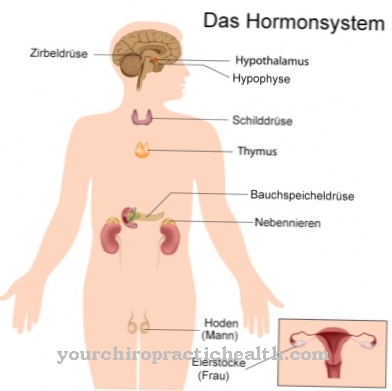
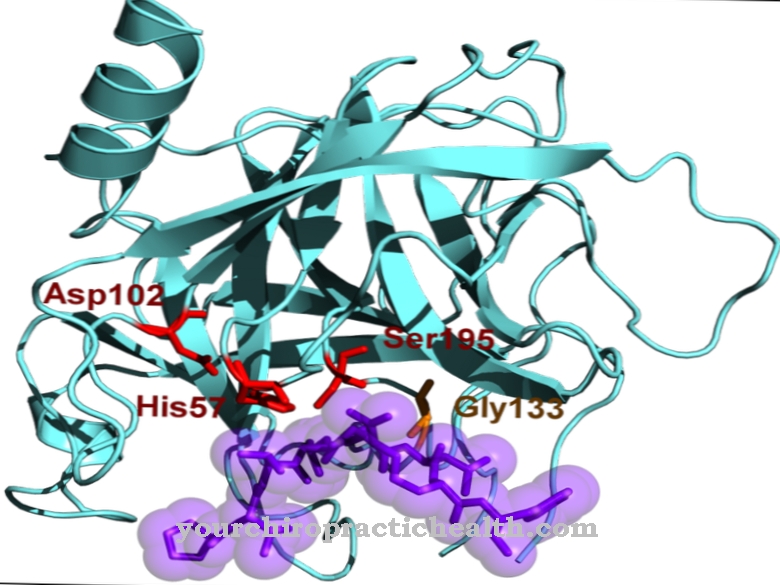
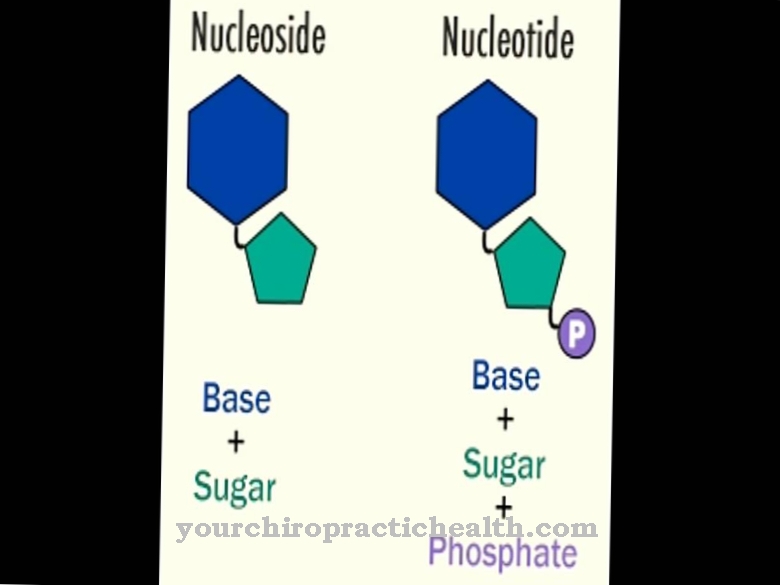
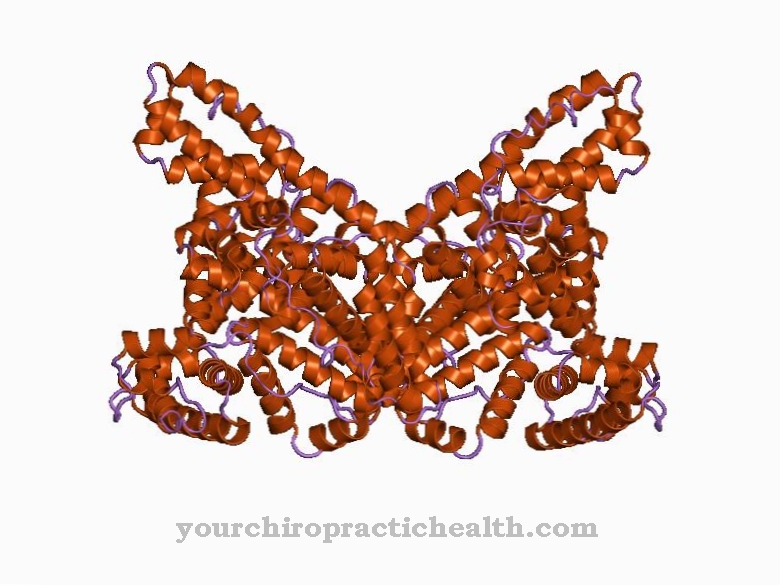
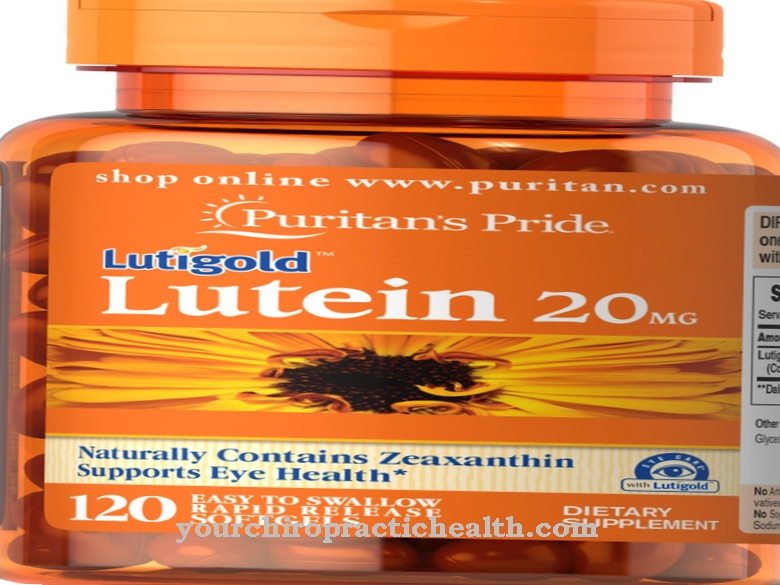
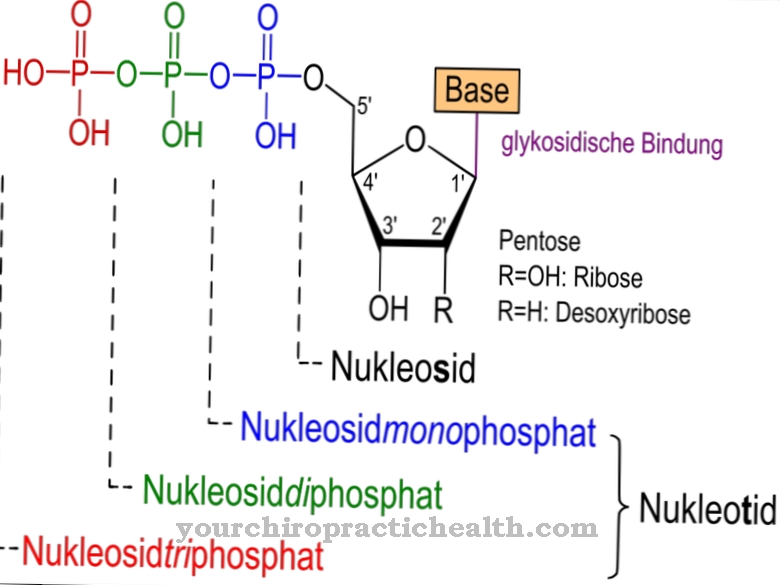





.jpg)



.jpg)










.jpg)
